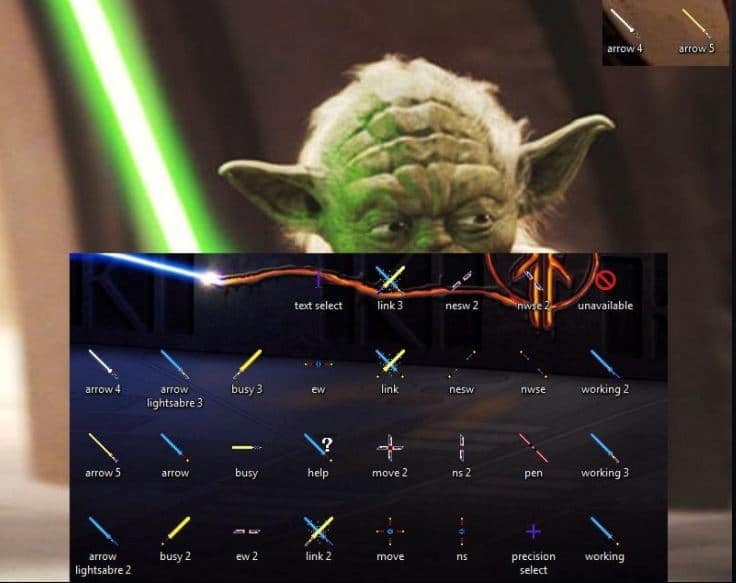
While Microsoft included a small set of mouse cursor options in Windows 10, the available choices do not qualify as colorful or whimsical in any way-completely utilitarian.

Top Tech Conferences & Events to Add to Your Calendar in 2023 How to Create a Local Account in Windows 11 Pro Support for these Microsoft enterprise products ends in 2023 SEE: Comparison guide: Top enterprise collaboration tools (TechRepublic Premium) Must-read Windows coverage But Microsoft, for reasons never fully articulated, has decided to relegate the creation of customized mouse cursor themes to third-parties, leading to an understandable amount confusion and uncertainty with users. Using a colorful or whimsical set of graphical mouse cursors during your next presentation or team meeting could go a long way toward getting your point across to your audience. NET 4.x installed.How to add a customized mouse cursor theme to Windows 10Īdding a personal or customized touch to a mouse cursor theme in Windows 10 requires users to perform several complicated tasks. So, you don't even need Cursor Commander installed to create your own CursorPack file.Ĭursor Commander is a freeware application which works in all Windows versions with.

The *.cursors file is just a text file with ini file structure which contains the following sections:īriefDescription=Few words about these cursors. The CursorPack file is just a ZIP archive which contains *.cur and *.ani files along with a special file which has the *.cursors extension. When you double click a CursorPack file in File Explorer, Cursor Commander will install it and show you cursors from the file you just installed. Advertisеment What is the CursorPack fileĬursor Commander uses the CursorPack extension to handle installation of cursors.


 0 kommentar(er)
0 kommentar(er)
